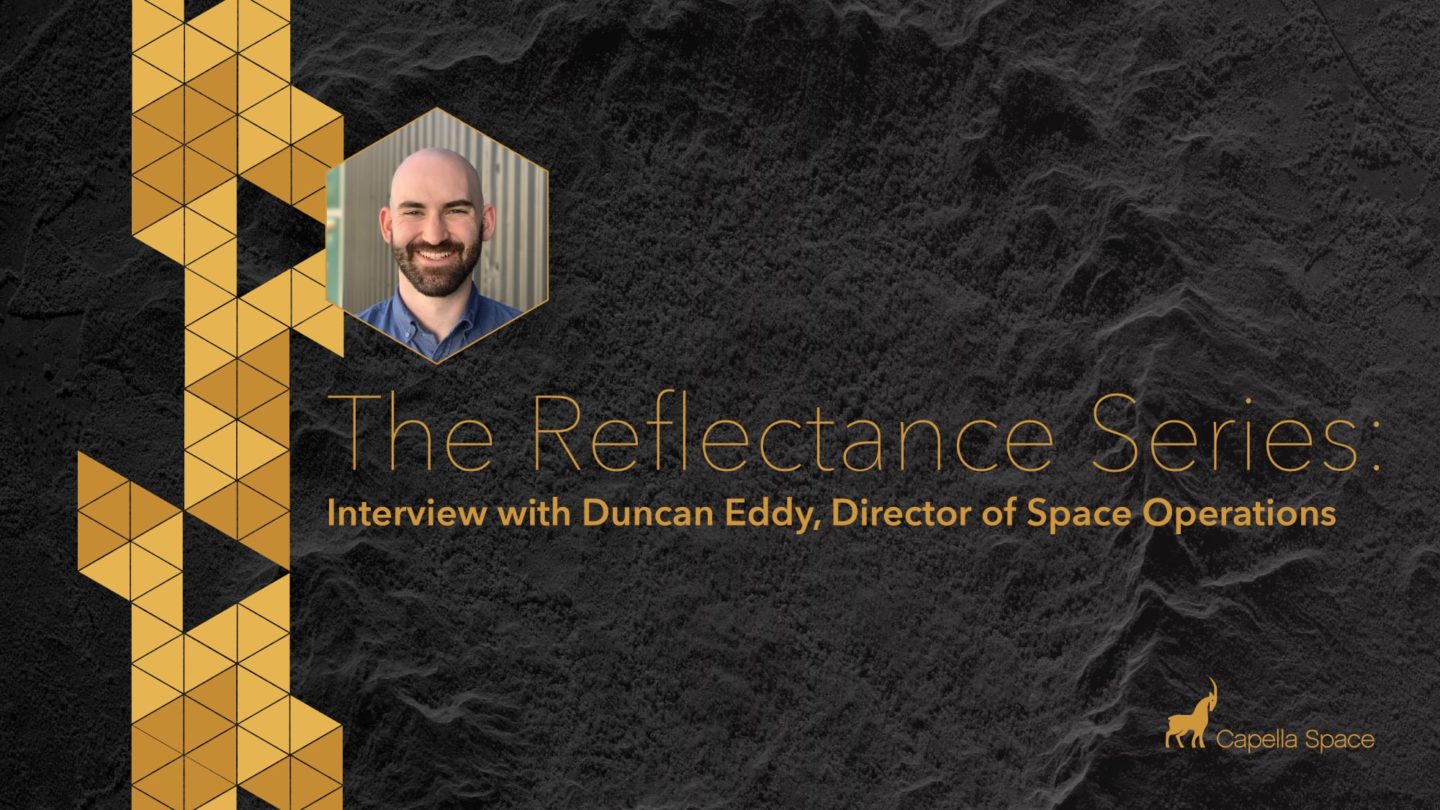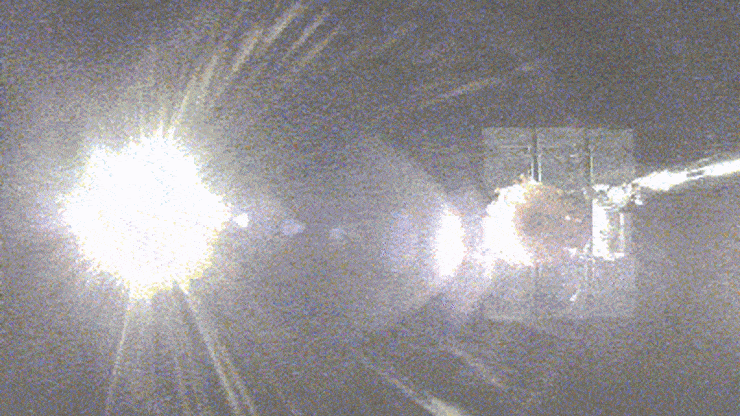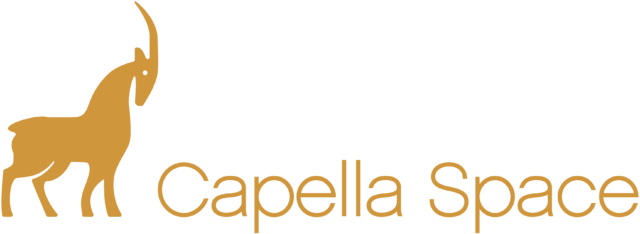
In early April, we kicked off a new Capella blog series called the Reflectance Series. These blog posts feature interviews with members of the Capella team across all our departments, showcasing some of the SAR industry’s greatest talent and most innovative thinkers. Today, I’m continuing the series with an interview with Duncan Eddy, Capella’s Director of Space Operations.
Tell us about your career path — how did you end up at Capella? What made you want to join the team?
I joined Capella in my fourth year of graduate school as an intern. I knew Payam from the Stanford University Master’s program and reached out to him because I believed what he was doing with satellites was right up my alley. After starting as an intern, I became a full-time employee and began leading spacecraft operations as the company grew. I also saw this role as an opportunity to apply my graduate research to the new challenge of improving space mission operations through automation.
You’ve spent four years so far with Capella. Tell us what you enjoy about working at the company.
Over the four years I’ve been here, I’ve seen the company grow from a garage in Palo Alto to a multi-satellite, constellation operator. I remember there was a time when you could sit around a table and look at every person who was on the team. Now, we have multiple offices and multiple teams, but have still kept that same spirit going. It’s also been amazing to watch how we’ve grown from designing satellites on whiteboards, launching them, and now delivering timely, reliable imagery for customers.
I also enjoy how we’re pushing the industry forward in terms of capabilities. Many of the garage decisions in the early days focused on how we wanted to build satellite operations differently. We looked around at what other aerospace companies were doing and identified what we did not want to do and how we could take a new approach to delivering Earth observation data. It’s been great to have a blank slate — we can see what has worked well from others and learn from it, but also take a fresh look at the problems and not be beholden to the historical way of approaching them.
You have a vital role in helping to make the tasking console program a success. Tell us how the program works and what makes Capella’s automated tasking program unique.
All of our operations from the very outset were designed and built to be fully automated. This is a different approach from many other systems, which start with human operations and then build in automation later. Our approach gave us a chance to take a totally fresh look at operations. If you try to add automation after the satellite is in orbit, there can be a lot of risk and challenge in trying to add it on after the fact. By building automation in from the get-go, we were able to create an operations system where human operators could work with the system in a semi-automated manner during spacecraft commissioning, and then transition into a fully automated mode for nominal operations. This allowed the team to focused on building and rigorously testing the core automation components needed for mission health and safety, then focusing on streamlining the image delivery process. Our goal is to make ordering an image from a satellite as easy as ordering a package off of Amazon.
What are the benefits of automated tasking and console?
Traditionally, tasking an image from a satellite has been as painful as getting your license renewed at the DMV. It requires filling out forms and emailing them (sometimes even faxing them!), then waiting for the operators to check the feasibility of your request, wait for your acceptance of the assessment, then task and collect your request—resulting in a turn around time of 2-3 days. We’ve built a system that allows people to self-serve their own imagery by automating this entire process. It’s an intuitive system that is designed to show users what’s possible, and help get them the information they need as quickly as possible.
Our customers benefit from receiving data faster and with a great product experience. When our customers wanted imagery during the volcanic eruption on St. Vincent, they were able to responsively task the area and be the first to see the collapse of the lava dome through miles of smoke. During a disaster response, first responders need critical information and our automated systems help buy valuable hours and even days.
As Capella’s constellation grows, how does the space operations team scale with increased data and customer demand?
The space operations team is scaling by focusing our hiring efforts on software engineers to help grow all the backend systems and processes. We’re focused on hiring engineers from a diverse set of backgrounds with no direct aerospace experience required. We look for people who are keen to learn, are used to taking on hard challenges, and want to work collaboratively with others to build something that can change the way we gather information about and understand our planet. We’ve approached hiring this way because it takes all different skillsets and perspectives to realize our operations system and build the core platform that our data, software, analytics, and products rely on. Thankfully, from the beginning, we designed the architecture to grow and scale, so that helps.
What has been the most rewarding moment you’ve experienced while leading space operations at Capella?
I’ve had several rewarding moments during my time at Capella. One was when we launched our first satellite. Once you’ve sent a satellite into orbit, the job has only just begun because you don’t know if it survived launch until you’ve made contact with it. So seeing that first little blip on the RF plot was incredible when so much has to go right to be able to even get a signal down on Earth. Launching satellites requires teamwork from everyone at the company — successfully bringing together the right parts, the right plan, the right manufacturing, and the right support all for a one-second little burst.
The second was when we deployed the Capella-2 reflector. Deploying the mesh reflector to expand almost 9 times in size in space is a complex operation. We began the process at 3:00 am and worked very precisely and carefully through the rehearsed deployment process. By the end of that day, we got a picture of the reflector fully deployed and that was amazing.

The third was the surprise I received when I returned to the office from an overseas work training trip. When I got back, I found my entire workspace gift-wrapped by the office, from my monitor to my chair. Even now, I still find a few gift-wrapped pens or USB sticks around my desk.
Why should prospective hires join your team?
The reason I’m at Capella is that it’s a chance to work with amazing people, in a supportive environment, pushing the bounds of innovation in the space industry. What we’re doing is hard, but everyone is in it together. There can be late nights and long hours, but I’ve seen the team come together time and time again to make things happen. In the event a team member can’t be available because family and life do come first, others will step up to make sure the mission still gets done, and they know they’ll receive the same helping hand when they need it. I also am very proud of the diversity in the backgrounds of our team, from biologists, to NASA mission operators, and those who haven’t worked in tech before. Making industry changes is only possible when you bring together people who can use their wildly different experiences to approach problems uniquely. And, ultimately, I want our automation to be so advanced we get to the point where the team can just spend days sipping mojitos on the beach while the system takes care of itself.
Next up: We’ll be sharing more Reflectance interviews in the coming months. Check out our blog for our upcoming posts.

